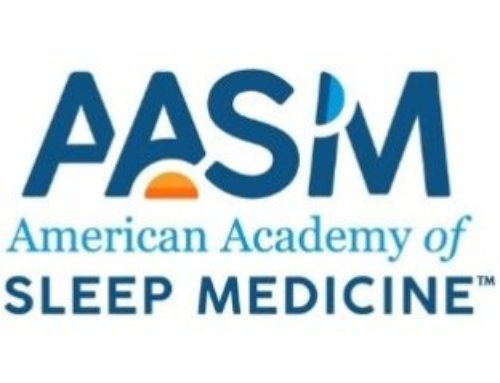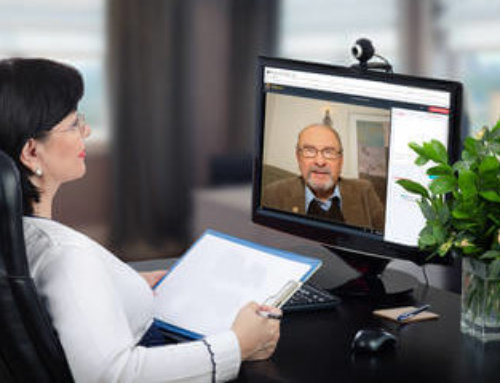WESTCHESTER, Ill. – Catathrenia, or sleep related groaning, is an uncommon feature of a sleep-related breathing disorder that can be successfully treated with continuous positive airway pressure (CPAP), according to a study published in the January 1 issue of the journal SLEEP.
The study, authored by Christian Guilleminault, MD, of Stanford University, focused on seven consecutive female patients between the ages of 20 and 34, all of whom had a chief complaint of involuntary groaning during sleep that was brought to their attention by family members. The subjects filled out questionnaires, underwent a standard clinical evaluation, a physical exam, craniofacial evaluations and a nocturnal polysomnogram. All seven were treated with CPAP and then offered surgical treatment if they were unable to tolerate or adhere to CPAP recommendations.
According to the results, three individuals had a personal history of another parasomnia in childhood, six had prior orthodontic intervention, five had tooth extraction during their teenage years (usually an indicator of small jaw structure), and two reported another family member with likely catathrenia. When used, CPAP eliminated the groaning sound. Five patients elected subsequent surgical intervention, in which three of the four that followed up after surgery required oral appliance treatment. All four, however, ultimately had resolution of groaning.
“Catathrenia can be both a social problem and a sign of an underlying breathing problem during sleep,” said Dr. Guilleminault. “Some patients are quite embarrassed and burdened by their lack of control over catathrenia and the disturbance it can cause for those around them. This includes bed partners or people nearby when in hotels, sleeping on airplanes, staying at other people’s homes or having friends and family visit them. It can also indicate a mild impairment of breathing during sleep that can be treated.”
A rare disorder with an unknown incidence or prevalence, catathrenia is classified as a parasomnia in the International Classification of Sleep Disorders, Second Edition, a diagnostic and coding manual developed by the American Academy of Sleep Medicine (AASM).
On average, most adults need seven to eight hours of sleep each night to feel alert and well-rested.
The AASM offers the following tips on how to get a good night’s sleep:
- Follow a consistent bedtime routine.
- Establish a relaxing setting at bedtime.
- Get a full night’s sleep every night.
- Avoid foods or drinks that contain caffeine, as well as any medicine that has a stimulant, prior to bedtime.
- Do not go to bed hungry, but don’t eat a big meal before bedtime either.
- Avoid any rigorous exercise within six hours of your bedtime.
- Make your bedroom quiet, dark and a little bit cool.
- Get up at the same time every morning.
First introduced as a treatment option for sleep apnea in 1981, CPAP is the most common and effective treatment for obstructive sleep apnea (OSA). CPAP provides a steady stream of pressurized air to patients through a mask that they wear during sleep. This airflow keeps the airway open, preventing the pauses in breathing that characterize sleep apnea and restoring normal oxygen levels.
Those who think they might have a sleep disorder are urged to consult with their primary care physician or a sleep specialist.
SLEEP is the official journal of the Associated Professional Sleep Societies, LLC, a joint venture of the AASM and the Sleep Research Society.
Sleep Education, a patient education Web site created by the AASM, provides information about various sleep disorders, the forms of treatment available, recent news on the topic of sleep, sleep studies that have been conducted and a listing of sleep facilities.
For a copy of this article, entitled, “Catathrenia: Parasomnia or Uncommon Feature of Sleep Disordered Breathing?”, or to arrange an interview with an AASM spokesperson regarding this study, please contact the AASM at media@aasm.org.
# # #




